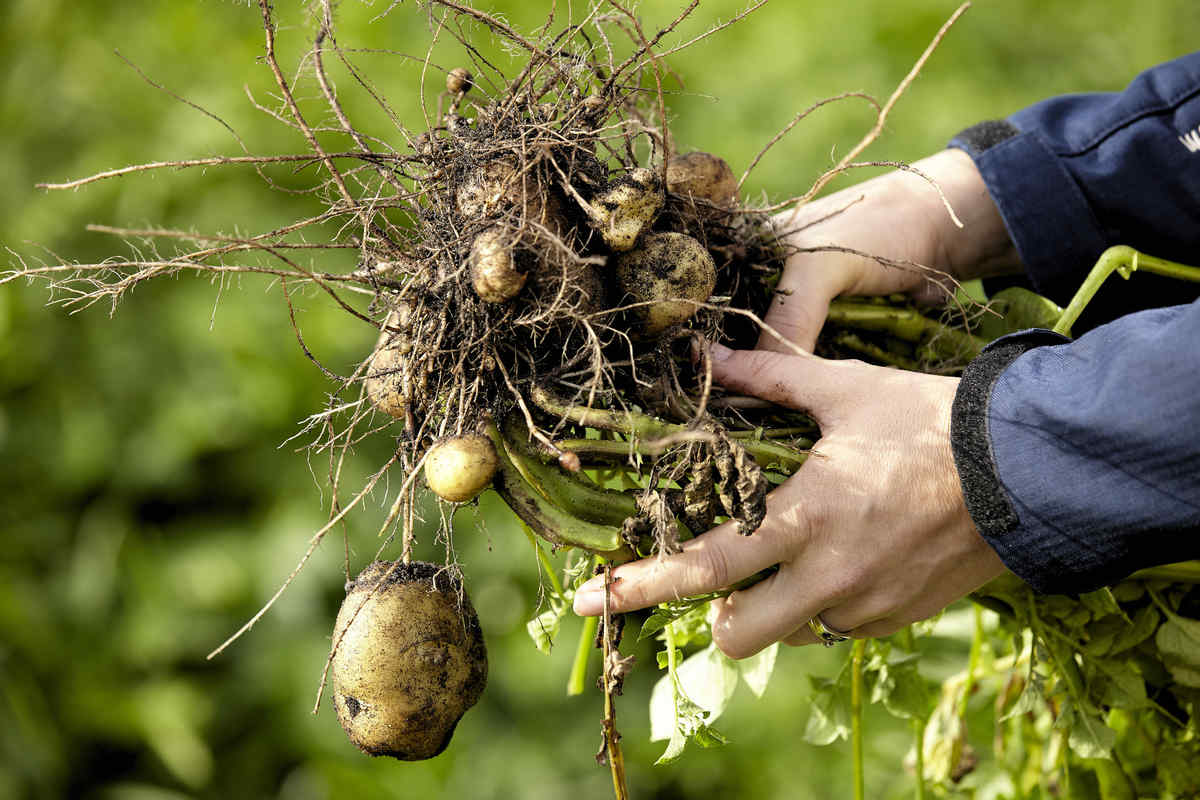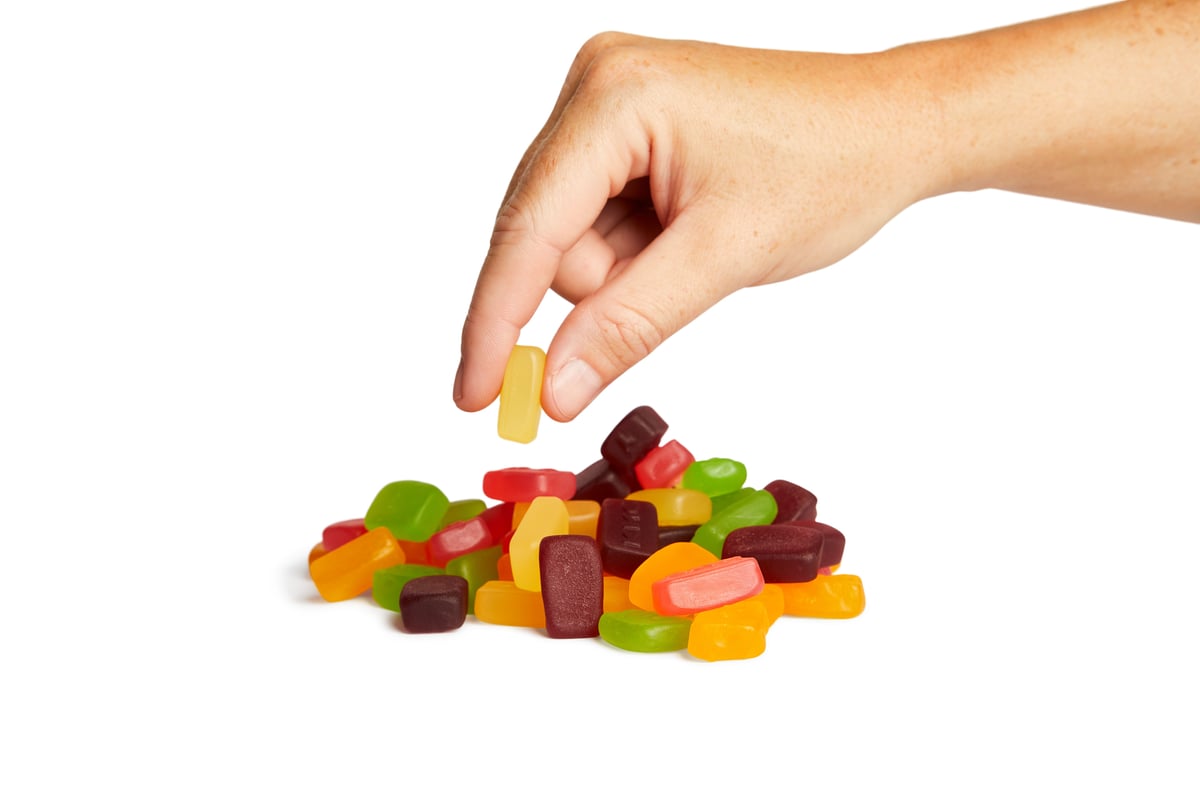Gummies, licorice and other types of sugar confectionery e.g chewy candy have traditionally relied on animal gelatin from beef or pork to add the characteristic chewy texture we know and love when we eat gummies and other candy products.
However, within the last decade, more and more plant-based confectionery solutions have become a permanent fixture on the supermarket shelves, replacing animal gelatin with plant-based starch alternatives.
At KMC, we have many years of knowledge and know-how in producing gelatin-free sugar confectionery with potato starch that maintains a good balance between the right texture and the perfect chewiness.
Here, we list the 3 main advantages of replacing gelatin with potato starch in your confectionery production:
1. The sustainable choice
As a food manufacturer, the environment and climate are most likely top of mind in all stages of your value chain – all the way from raw material selection to production methods and packaging to the distribution and marketing of your products. And here, the use of potato starch rather than gelatin can have a positive impact on your CO2 emission.
In the production of gelatin for sweets, collagen from animals is widely used - often from beef or pork. Here, bones and skin of the animals are used, which are often a by-product of meat production. However, although the gelatin is typically extracted from side streams from meat production, it is still a more costly and environmentally burdensome affair than the production of plant-based starch.
At KMC, we use the potato to develop plant-based starch for gummies and other confectionery solutions. And since the potato is grown only by using soil, water and sunlight, producing confectionery using potato starch rather than gelatin is a more sustainable choice.
In fact, the potato has one of the lowest climate footprints in the vegetable world. This is of course due to the nature of the potato, but also decades of potato growing which has resulted in an extremely effective harvest. Sourcing potatoes from local fields, as we do at KMC, further lowers carbon emissions from transportation and secures a high-quality, low-emission product made in Denmark.
 2. Gummies tailored to your specific needs
2. Gummies tailored to your specific needsSome confectionery manufacturers consider gelatin as the obvious choice for their products because gelatin has a well-known and characteristic bite and texture that is difficult to imitate using starch alternatives.
However, we at KMC would venture to say that it pays off to replace the gelatin in favor of potato starch.
With gelatin, you are relatively limited by a few gummy textures, whereas potato starch offers a broad range of textures, which makes it possible to develop a unique type of wine gum that is tailored to your exact needs.
Today, many consumers prefer other types of gummies to the classic gummy bear. Some prefer them soft, hard, sticky or elastic. The potato starch can be modified to match all kinds of properties.
 3. Confectionery for the general population
3. Confectionery for the general populationFood manufacturers who make gummies and candies exclusively with gelatin automatically cut off several different types of consumers.
Here, we are talking consumers who are religiously restricted from eating gelatin from pork but also the increasing proportion of the world's population who are either vegetarians or vegans and who therefore do not consume foods containing animal ingredients.
Confectionery with potato starch can be eaten by all population groups – regardless of religion and diet. In addition, potato starch from KMC is both non-GMO and non-allergenic, and confectionery with potato starch must therefore be said to be the optimum choice for supplying the general population.
Want to know more about our plant-based gummies?
Explore our different types of applications here.
